Seeking Insights on Abnormal Cooling Behavior in EnergyPlus Air-Chiller Model
Hello everyone,
I have been trying to model a 38 m3 walk-in freezer using EnergyPlus and I have been inspired by the Refrigerated Warehouse example in EnergyPlus. The model uses the Air-Chiller object to model the cooling coils. I have used a EuropeanSC3NominalWet for Capacity Rating Type with -24°C as Evaporating Temperature. The thermostat is regulated to cool at -18°C and stop at -22°C. I have used a compressor with a 4.66 kW cooling capacity, and the performance data are found at the BITZER online tool. The simulation is run on the hottest day of the year with a 43°C and 20°C, respectively.
The model gives some coherent results, as shown in the figures below. It can be seen from Fig.2 to 4 that the Zone Air Temperature is successfully kept within the temperature range desired. Air-Chillers with Cooling Capacity of 1.5 and 2 kW (Figs. 2 and 3) have strugeled a littel bit especially during noon, when the heat loads are at their maximum. Fig.4 in which the Air-Chiller has the perfect Cooling Capacity of 2.5 kW.
However, when I reduce the Air-Chiller Cooling Capacity to 1 kW or below, the model yields some abnormal results, as depicted in Fig.1. I understand that the Air-Chiller is not capable of maintaining the internal temperature at -20°C ±2°C, but it's surprising that the provided cooling has surpassed the capabilities of the Air-Chiller (1 kW), reaching up to 1.5 kW as shown in Figure 1.
Can anyone shed light on this discrepancy and provide insights into the unexpected cooling behavior in such scenarios?
Thank you.
Fig.1: Air-Chiller Cooling Capacity = 1 kW 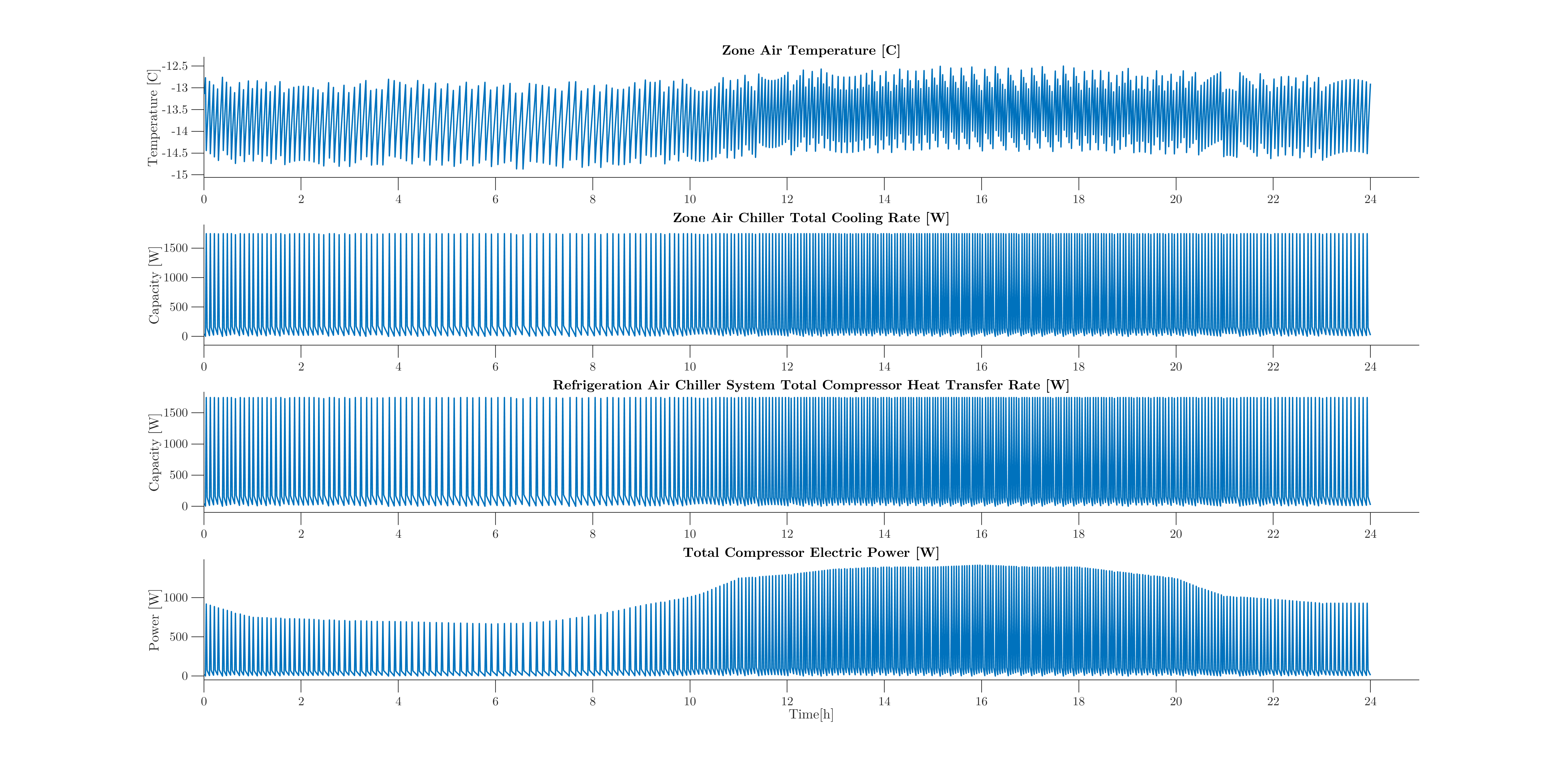
Fig.2: Air-Chiller Cooling Capacity = 1.5 kW 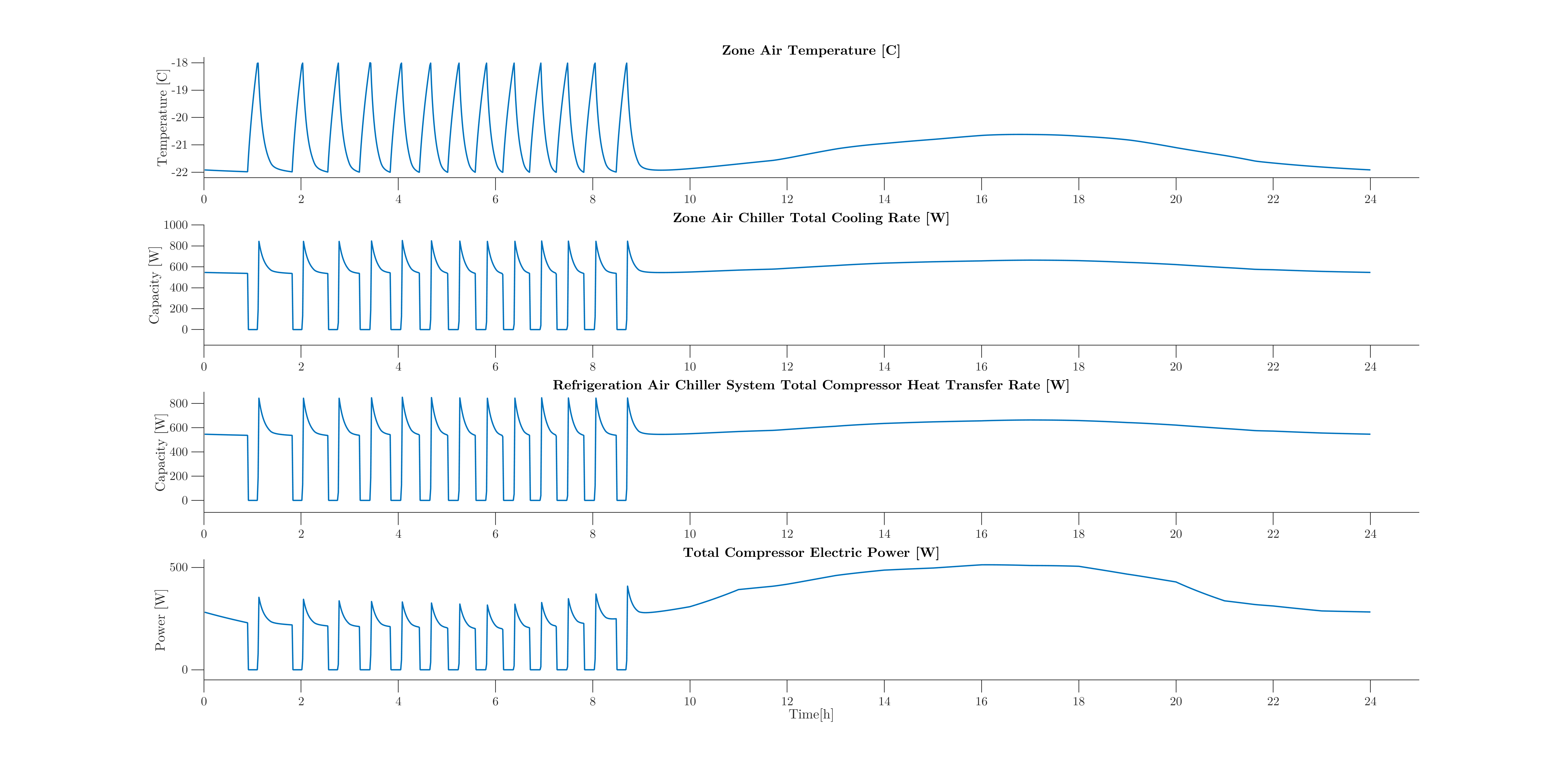
Fig.3: Air-Chiller Cooling Capacity = 2 kW 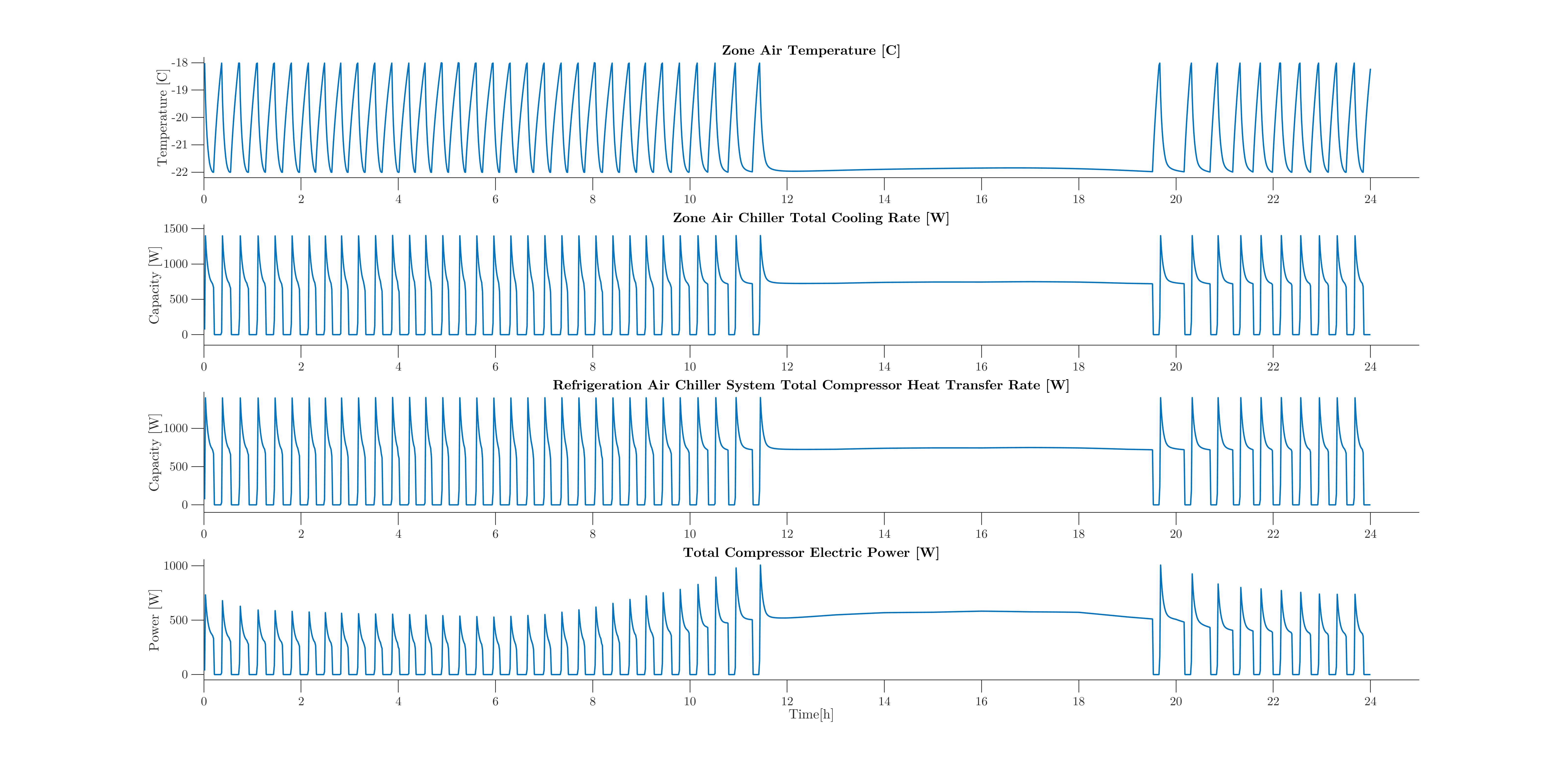
Fig.4: Air-Chiller Cooling Capacity = 2.5 kW 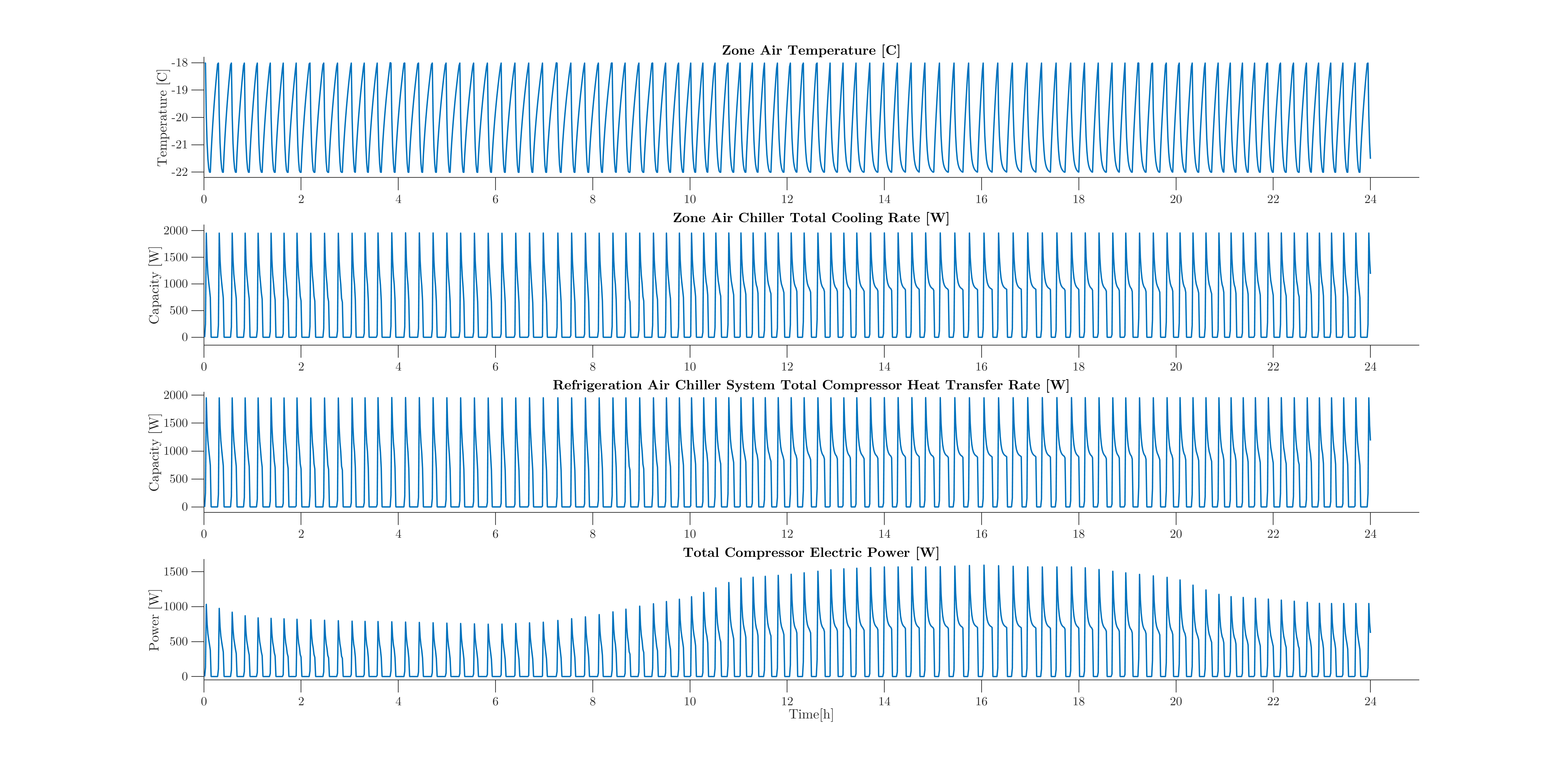



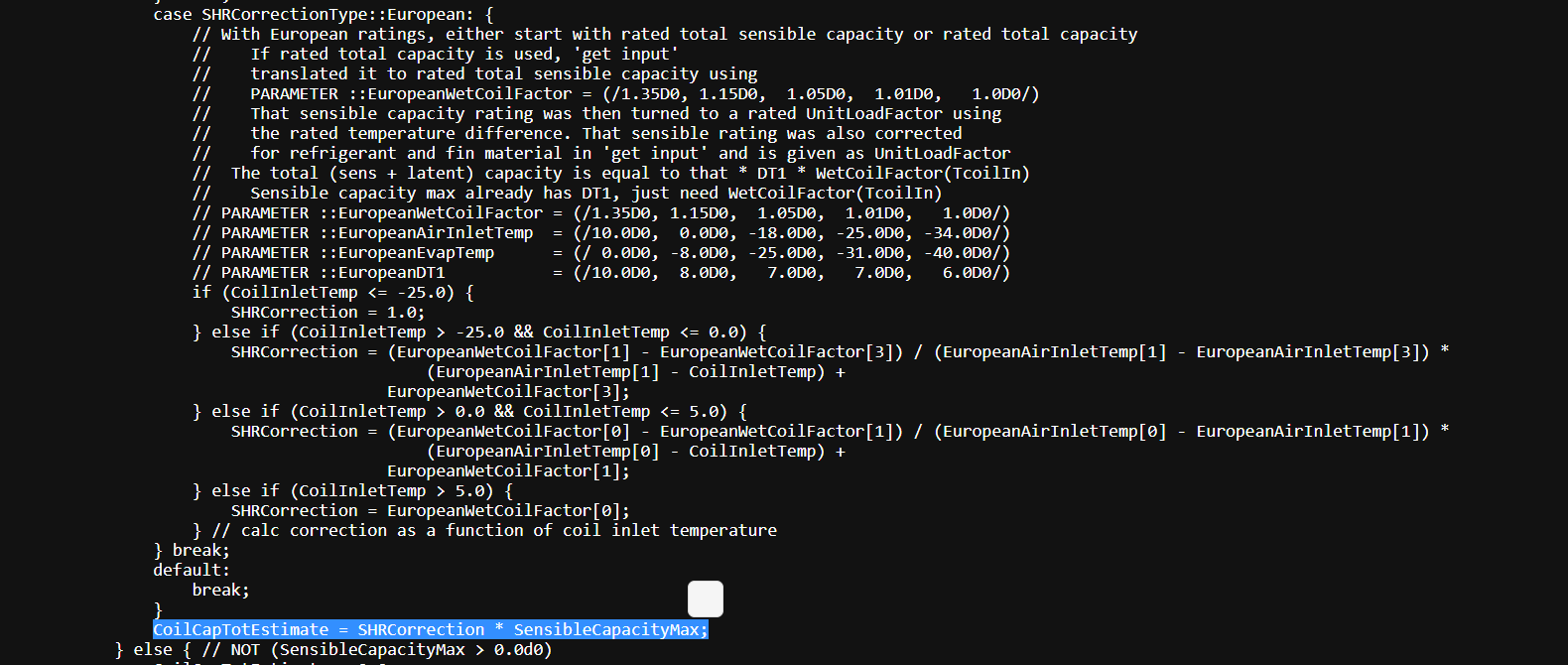
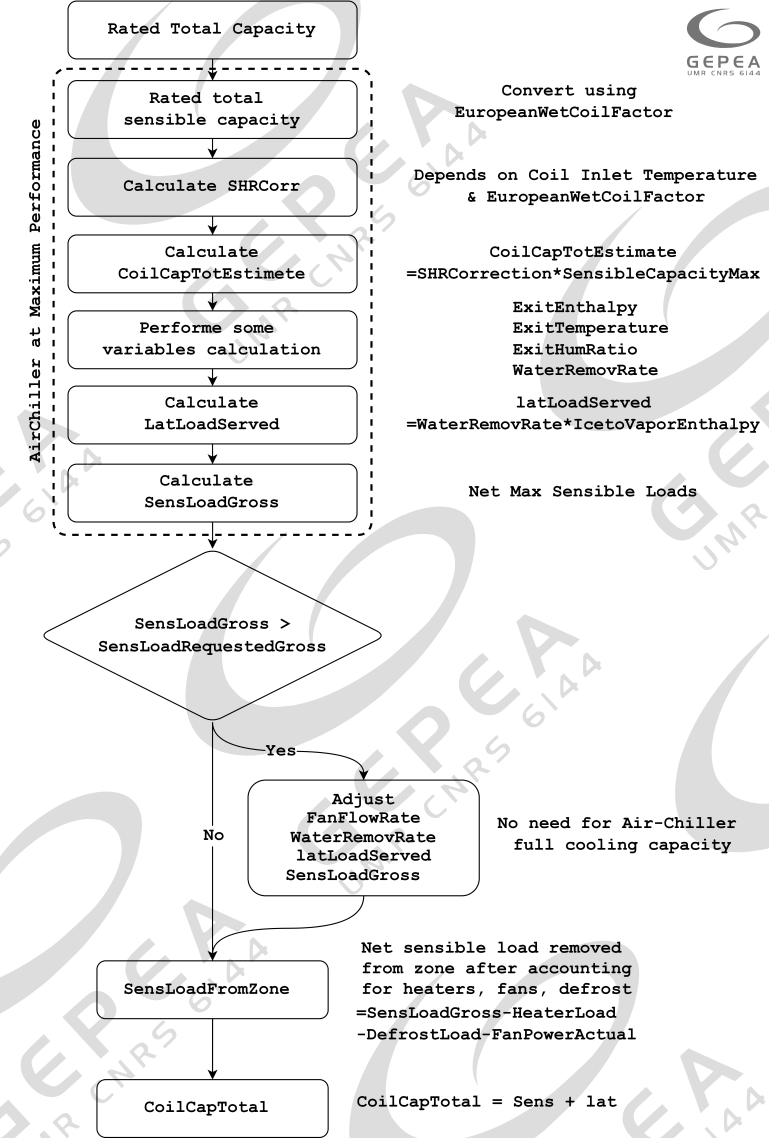



Zakaria, I prepared a model years ago using the Refrigerated Warehouse scheme and had great difficulty using it. I spoke to Dr Mike Witte at the time about it and he said something like: "Those calculations in E+ are not so reliable and our expert / coder is no longer available for consultation." For your model, however, a very small freezer, I recommend using the supermarket / casework objects. I have used those very successfully. I can share some IDF object if that would be helpful. Contact me at jvdirkes2@protonmail.com